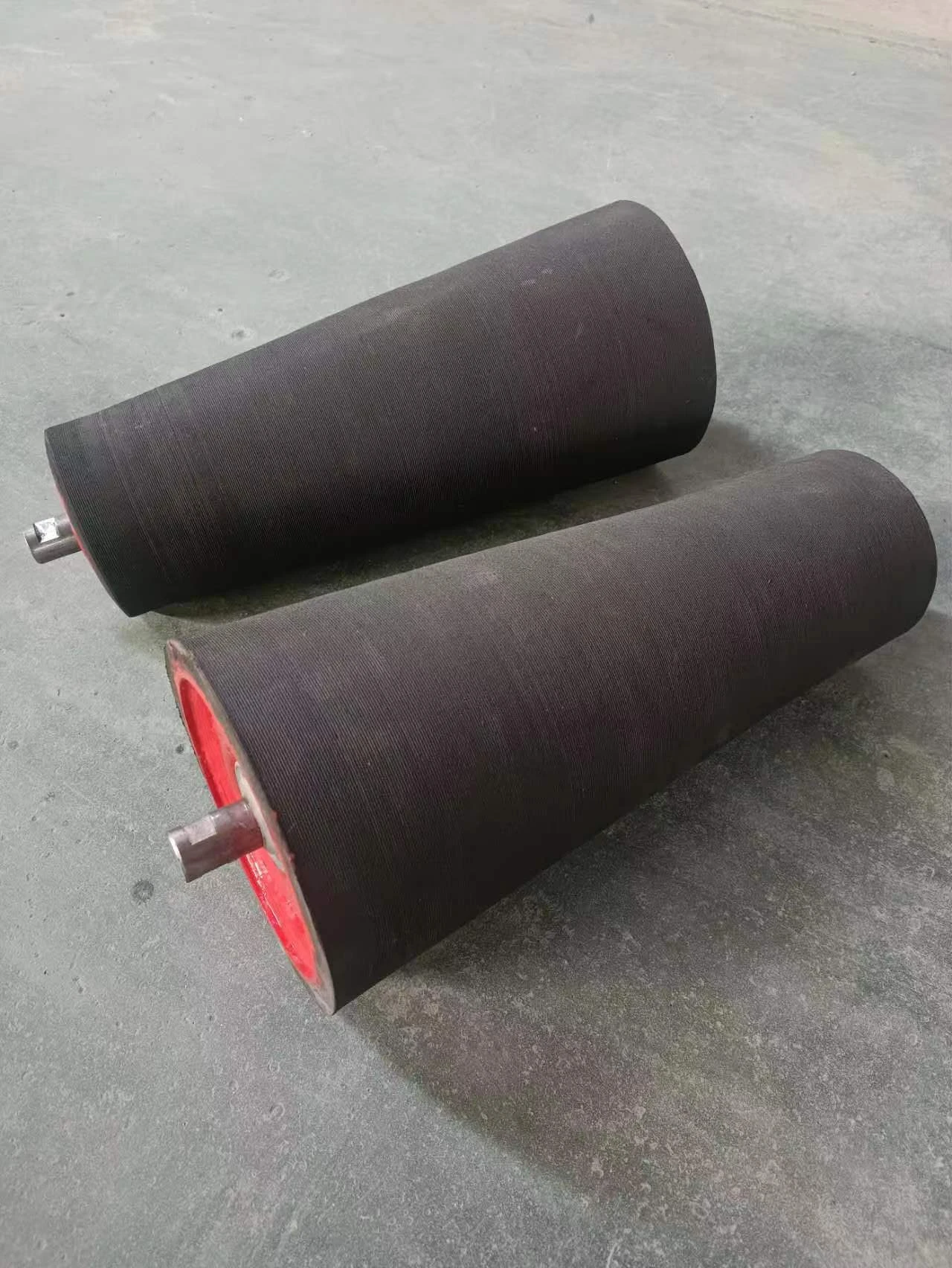 Afrikaans
Afrikaans  Albanian
Albanian  Amharic
Amharic  Arabic
Arabic  Armenian
Armenian  Azerbaijani
Azerbaijani  Basque
Basque  Belarusian
Belarusian  Bengali
Bengali  Bosnian
Bosnian  Bulgarian
Bulgarian  Catalan
Catalan  Cebuano
Cebuano  Corsican
Corsican  Croatian
Croatian  Czech
Czech  Danish
Danish  Dutch
Dutch  English
English  Esperanto
Esperanto  Estonian
Estonian  Finnish
Finnish  French
French  Frisian
Frisian  Galician
Galician  Georgian
Georgian  German
German  Greek
Greek  Gujarati
Gujarati  Haitian Creole
Haitian Creole  hausa
hausa  hawaiian
hawaiian  Hebrew
Hebrew  Hindi
Hindi  Miao
Miao  Hungarian
Hungarian  Icelandic
Icelandic  igbo
igbo  Indonesian
Indonesian  irish
irish  Italian
Italian  Japanese
Japanese  Javanese
Javanese  Kannada
Kannada  kazakh
kazakh  Khmer
Khmer  Rwandese
Rwandese  Korean
Korean  Kurdish
Kurdish  Kyrgyz
Kyrgyz  Lao
Lao  Latin
Latin  Latvian
Latvian  Lithuanian
Lithuanian  Luxembourgish
Luxembourgish  Macedonian
Macedonian  Malgashi
Malgashi  Malay
Malay  Malayalam
Malayalam  Maltese
Maltese  Maori
Maori  Marathi
Marathi  Mongolian
Mongolian  Myanmar
Myanmar  Nepali
Nepali  Norwegian
Norwegian  Norwegian
Norwegian  Occitan
Occitan  Pashto
Pashto  Persian
Persian  Polish
Polish  Portuguese
Portuguese  Punjabi
Punjabi  Romanian
Romanian  Russian
Russian  Samoan
Samoan  Scottish Gaelic
Scottish Gaelic  Serbian
Serbian  Sesotho
Sesotho  Shona
Shona  Sindhi
Sindhi  Sinhala
Sinhala  Slovak
Slovak  Slovenian
Slovenian  Somali
Somali  Spanish
Spanish  Sundanese
Sundanese  Swahili
Swahili  Swedish
Swedish  Tagalog
Tagalog  Tajik
Tajik  Tamil
Tamil  Tatar
Tatar  Telugu
Telugu  Thai
Thai  Turkish
Turkish  Turkmen
Turkmen  Ukrainian
Ukrainian  Urdu
Urdu  Uighur
Uighur  Uzbek
Uzbek  Vietnamese
Vietnamese  Welsh
Welsh  Bantu
Bantu  Yiddish
Yiddish  Yoruba
Yoruba  Zulu
Zulu Choosing the Right Lagging Material for Conveyor Pulley Performance and Longevity
The Importance of Conveyor Pulley Lagging Material
In the world of material handling and industrial processes, conveyor systems play a critical role in efficiently transporting goods from one point to another. Among the various components that make up a conveyor system, the conveyor pulley is pivotal. A well-designed pulley not only aids in the smooth functioning of the conveyor but also ensures its longevity. One essential aspect of pulley design is the lagging material applied to the pulley surface. This article delves into the importance of conveyor pulley lagging material, its types, benefits, and considerations for optimal performance.
What is Conveyor Pulley Lagging?
Conveyor pulley lagging refers to the process of applying a layer of material onto the surface of a conveyor pulley. This application serves multiple purposes, primarily aimed at enhancing the friction between the conveyor belt and the pulley, thereby improving belt traction and reducing slippage. Lagging also protects the pulley from wear and tear caused by abrasion and environmental factors, extending the life of both the pulley and the belt.
Types of Lagging Materials
The choice of lagging material can significantly affect the conveyor system’s performance. Several types of materials are commonly used
1. Rubber Lagging One of the most popular options, rubber lagging provides excellent grip and is effective in wet or high-impact environments. It absorbs some vibration and helps in maintaining stability, making it suitable for heavy-duty applications.
2. Ceramic Lagging This type features ceramic tiles embedded in rubber, offering superior resistance to wear and providing excellent traction. Ceramic lagging is particularly beneficial in high-abrasion applications, such as mining and quarrying.
3. Polyurethane Lagging Known for its durability and resistance to chemicals and oil, polyurethane lagging also boasts good adhesion properties. It is suitable for applications where environmental factors could compromise other materials.
4. Metal Lagging Though less common, metal lagging is used in very specific scenarios. It provides high durability and is often used where extreme abrasion is expected, although it may require more maintenance.
Benefits of Proper Lagging
The implementation of quality lagging material brings several benefits to conveyor operations
conveyor pulley lagging material

1. Increased Traction Proper lagging enhances the friction between the belt and pulley, which can significantly reduce slippage, especially in wet or inclined conditions.
2. Extended Equipment Life By mitigating wear on the pulley and reducing the strain on the belt, quality lagging contributes to the overall durability of the conveyor system, resulting in lower maintenance costs and fewer component replacements.
3. Improved Safety Enhanced traction leads to improved operational safety as the risk of belt slip or misalignment decreases, ensuring smooth and reliable operation.
4. Noise Reduction Certain lagging materials can dampen vibration and noise, contributing to a quieter working environment, which is essential for many industrial settings.
Considerations for Selecting Lagging Material
When selecting lagging material, several factors must be considered
1. Application Environment The operating conditions (e.g., temperature, moisture, and exposure to chemicals) heavily influence the choice of lagging material.
2. Belt Design The compatibility of lagging with the specific type of conveyor belt is critical for optimal performance.
3. Maintenance Requirements Some lagging materials may require more frequent maintenance or replacement, which should be factored into the overall cost analysis.
4. Cost-Efficiency While higher-end lagging materials may have a higher upfront cost, their long-term benefits often justify the investment.
Conclusion
In summary, conveyor pulley lagging material is a crucial component in the design and operation of conveyor systems. By selecting the appropriate lagging material, companies can enhance efficiency, increase safety, and extend the life of their equipment. As industries continue to evolve, understanding and investing in the right lagging solutions is essential for maintaining competitive advantage and operational excellence.
-
Trusted Conveyor Solutions from Leading Conveyor Idler Roller ManufacturersNewsJun.27,2025
-
Reliable Return Idler Solutions for Efficient Belt Conveyor SystemsNewsJun.27,2025
-
Precision Conveyor Accessories for Streamlined Material HandlingNewsJun.27,2025
-
High-Quality Belt Conveyor Idler Solutions for Efficient Material HandlingNewsJun.27,2025
-
High-Performance Belt Conveyor Pulleys for Reliable Material HandlingNewsJun.27,2025
-
Enhancing Material Handling EfficiencyNewsJun.27,2025





























